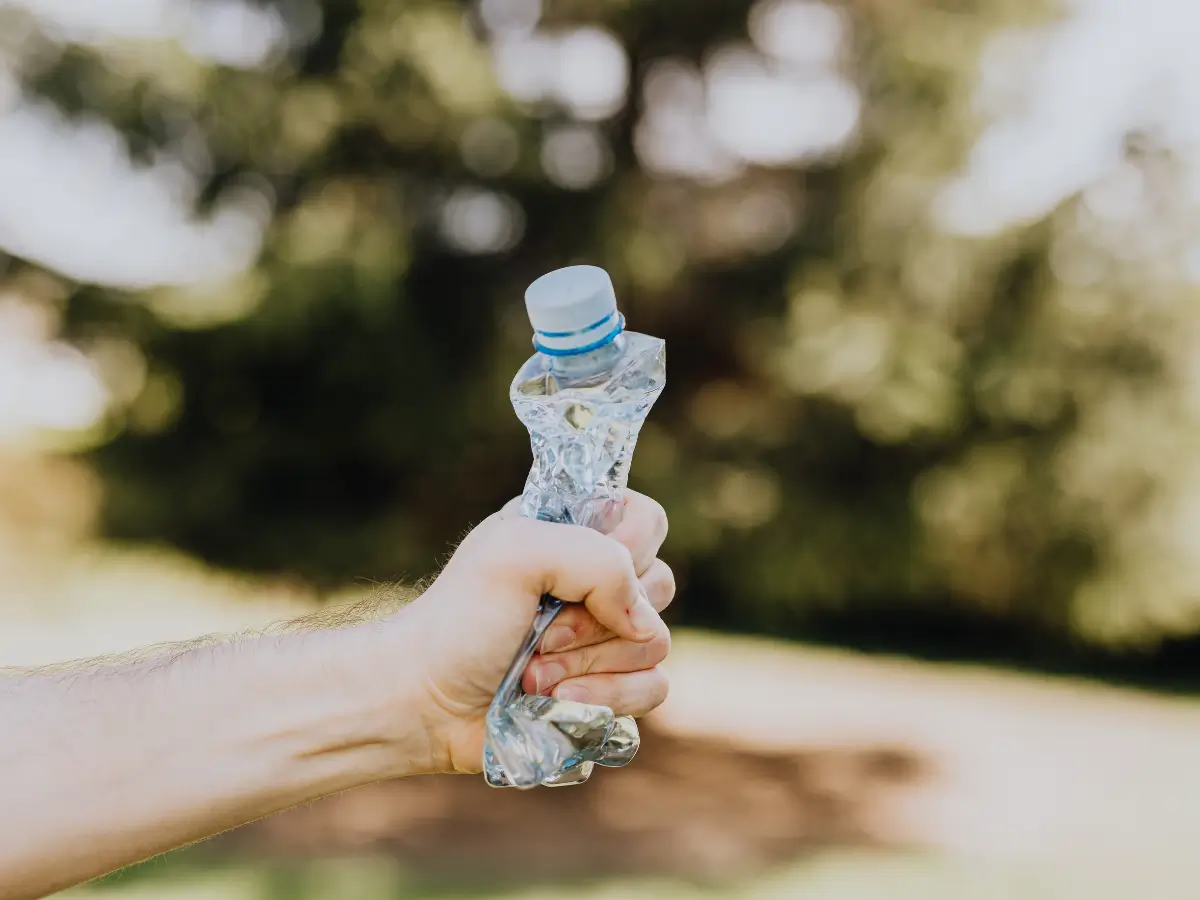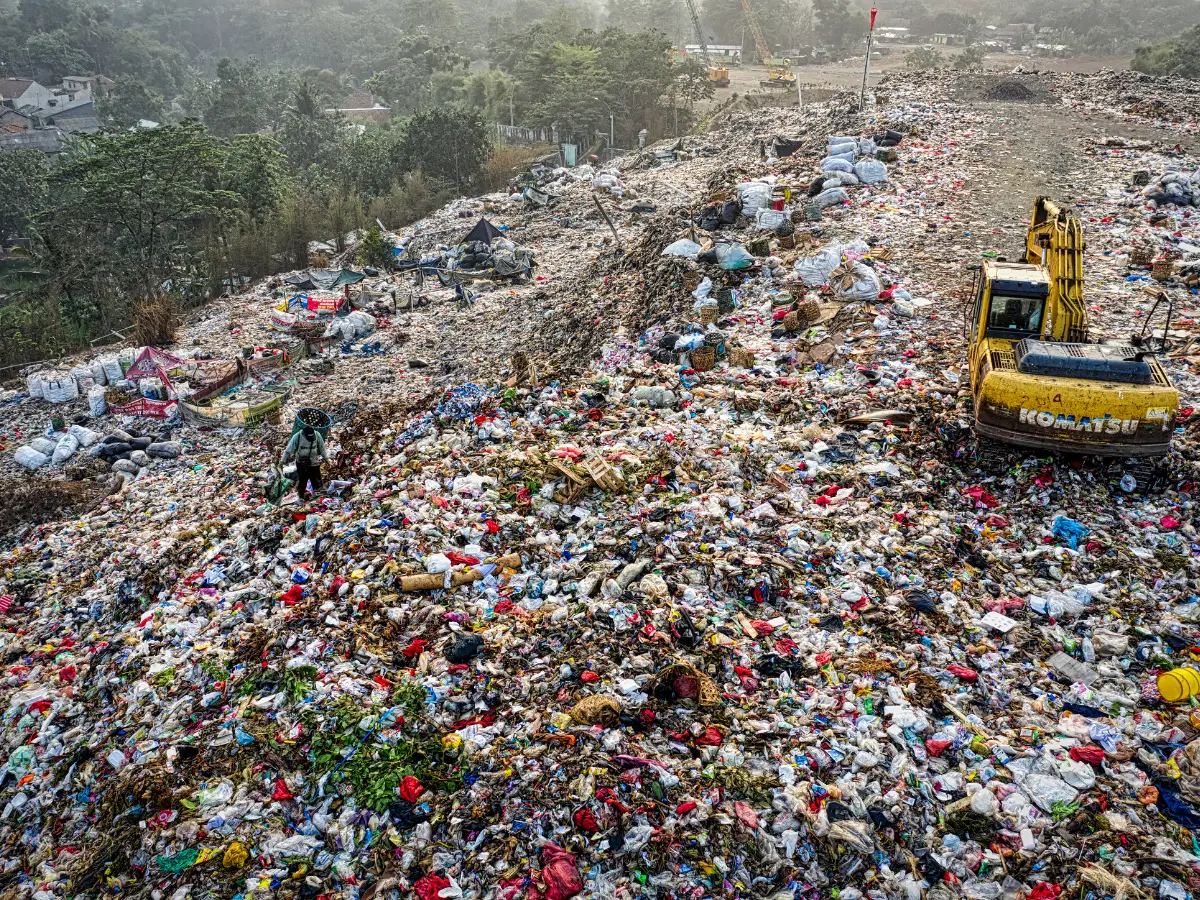We've spoken to outreach coordinators and recycling education specialists in communities just like yours. Now we've compiled a list of top tips to engage your community with waste education.
Waste education and outreach is a challenge for municipalities, haulers, schools, and businesses alike. Reaching audiences with timely, pertinent information is both important and effective, yet it’s often overlooked due to time constraints and lack of marketing knowledge.
Below, we’ve outlined five tips to help you connect with your community.
Expand your education programs
Digital resources aren’t something everyone has access to. Expand your educational outreach to schools and teach children the importance of proper recycling and waste disposal.
When it comes to local events, focus on fun and unique ways to engage children, like providing activities and giveaway items. Our partners in New Jersey have printed off our children’s activity packets to distribute to parents, providing them with age-appropriate resources that make learning about recycling fun and simple.
The education and outreach team in Las Cruces, NM makes it their goal to visit all 40 public schools in their district every year. Children go home to their families with quizzes, certificates, and learning packets, along with a better understanding of how waste disposal works. In the future, it’s their plan to incorporate Materials Recovery Facility (MRF) tours for field trips.
Think outside the box
Innovation is invaluable. Expanding your efforts into every avenue available to you allows you to connect with residents of your community wherever they are. Partner with your local community centres, libraries, radio and TV stations, and sports venues to spread the word about proper recycling and waste habits.
The team at the Mercer County Improvement Authority makes use of the local minor league baseball stadium to reach families: “[There is] a lot of foot traffic during the summer months. And we have a six-foot-by-six-foot board message board that we pay for every year just to get the message out. Calendars, QR codes for Recycle Coach—we encourage them to download the app.”
Make learning easy
People want to do good, but they’re busy. Making waste education simple and accessible encourages greater participation in the community, leading to lower contamination rates and more recycled materials. Meet residents where they are, both at their community and in their homes, and—most often—on their phones.
“You don't want to add to the stressors of life,” says Dan Napoleon of Mercer County. “You want something that's user friendly. Everybody has a smartphone, so when you can find out when your recycling day is, special events, even your solid waste days, it just makes it a lot easier.”
When you’re educating your community, keep things uncomplicated. Avoid lengthy PDFs and posts and keep your information hyper-relevant. Focus on key contaminants in your community by keeping your waste messaging local and avoiding broader, general waste information that may not be applicable.
Make use of your social media
Social media is still an effective tool that has the capability of reaching many of your residents. Having a strong social media presence gets the word out about waste practices, educates your residents, and allows you to form a connection with them. Post weekly tips for troublesome materials, experiment with humour and memes, and grow your page by posting video-based content. Yes, this might mean passing the phone to your Gen Z employee or summer student!
In Glendale, CA, the outreach team runs monthly Recycle Coach reports to help guide their social media. These reports tell the team what areas residents could use improvement in. Using this information, they know what to focus on and how to interact with their residents. Running compost pail giveaways, organizing environmental programs, and offering webinars are just a few ways they’re making their social media about interaction and engagement.
Interact with your residents
You can do your best to educate your residents through social media posts, flyers, posters, and ads, but interacting with residents allows you to really connect with them to get the message through. Responding to your residents’ comments on social media, hosting events, and going out into the community to meet with your residents in person can open up the possibility of your residents feeling comfortable asking questions, learning more, and caring more about the recycling process.
The Solid Waste and Recycling team in Frederick County, MD prioritize interacting with their residents because their “residents want to have this interaction... They want to be involved, and they want to better their skills.” Connecting residents with the recycling process will create a more proactive, clean community.








.webp)